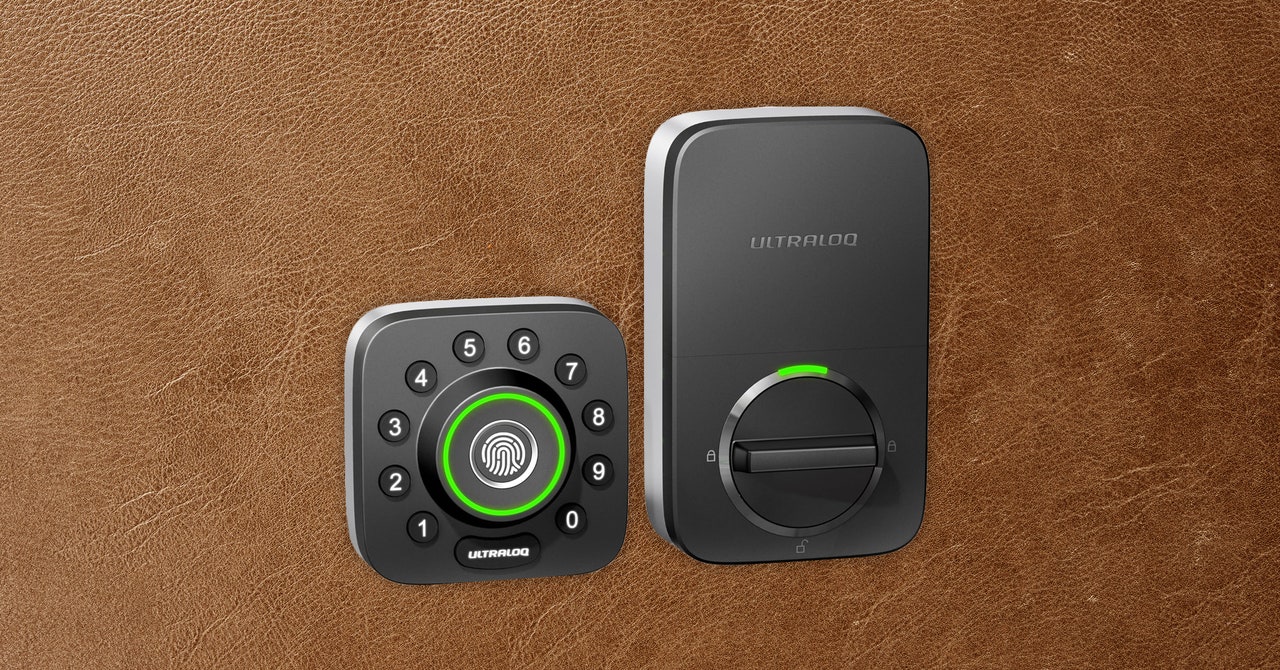You may already have a smart home hub if you own certain smart speakers like an Amazon Echo (4th generation) ($100) or smart displays like the Amazon Echo Show 8 (3rd generation) ($150). If you’re an Apple HomeKit user, you might have a HomePod or Apple TV that acts as a hub for your home, but HomeKit compatibility is much trickier than more common options like Zigbee and Z-Wave, or choosing between Amazon and Google.
Do you want multiple codes?
Access codes are one of the best parts of smart locks in my opinion. Not all smart locks have one, but most have an accessory keypad that you can add and place anywhere on the outside of your home. While a digital lock lets you set up one code, smart lock app lets you create multiple codes and assign them to specific people, and set limits on code usage, so you can give a code to your dog walker or favorite neighbor and know when they use it to get into your home. It makes it easy to revoke codes without having to update your entire household for a code change.
Some locks, like the Ultraloq U-Bolt Pro ($109) and Schlage Encode Plus ($319), come with a keypad built into the face of the lock, but others require you to purchase the additional keypad. If codes are an important feature to you, prioritize a lock with an attached keypad so you don’t have to spend extra money or worry about installing two things instead of one.
Do you want biometric or keyless access?
The real future is no more keys or codes at all! There are a few locks that let you unlock your front door with the touch of a fingerprint. Some, like the Ultraloq mentioned above, have a fingerprint reader built into the lock itself, while others have external keypads, like the Abode Lock, that have a biometric reader on them. I like to use it as a one-touch opener when I don’t have my keys handy, and it’s certainly faster than typing in a code.
Most smart locks have a keyhole, and I recommend opting for locks that do. Smart locks are battery powered (more on that below), so it’s good to have a physical key as a backup in case the battery dies. (Locks warn you in advance of a low battery, but I’m a procrastinator, so I know how that story ends.) Some locks use your phone’s geofencing to warn you to unlock your door, so if your phone dies, you may also lose the convenience you’re looking for and will need a separate access option.
Do you have other access points?
If you’re interested in a smart lock on a door without a deadbolt, or even a sliding door, good news! There are options for you, too. For example, Schlage makes the Encode Level ($310), which is designed for doors without an existing deadbolt. Instead, it adds a keyhole to the doorknob along with a keypad. You can also add smart home control for your garage with MyQ’s Smart Garage Door Openers (8/10, WIRED Recommends ), and you can add a keypad to those.
What about battery life? Hidden costs?
All that clever trickery requires a power source: batteries. Most smart locks promise at least a few months, if not the better part of a year, of battery life, but performance will vary depending on how hard the lock is working: More frequent requests and automations will naturally drain the battery a bit faster over time. Either way, be prepared to recharge or replace the batteries in your smart lock. Some have a way to charge the lock even if it’s completely dead—the Ultraloq U-Bolt Pro, for example, has a hidden MicroUSB port on the bottom if the lock needs power in a pinch.
Some locks also have features hidden behind subscription fees. The Abode comes to mind here: It provides notifications that your lock is activated, but doesn’t make it clear whether it’s unlocked or locked. You’ll need to sign up for one of Abode’s subscription plans to get that benefit, and it’s also the only way to use it with other smart home devices. This isn’t super common among smart locks—Abode is also a smart home security company, so the subscription fee works with a variety of products beyond the locks—but it’s worth keeping an eye on.
